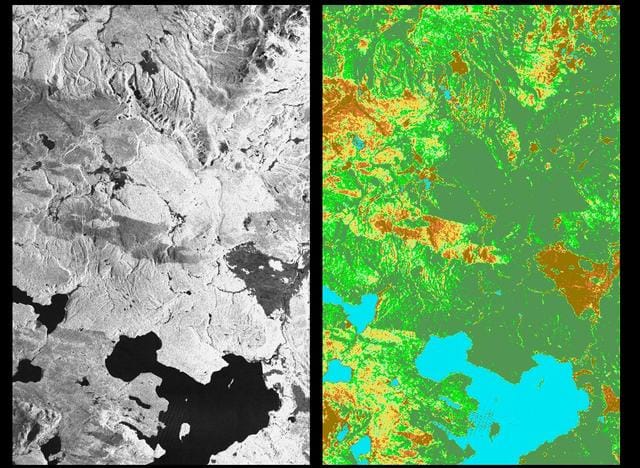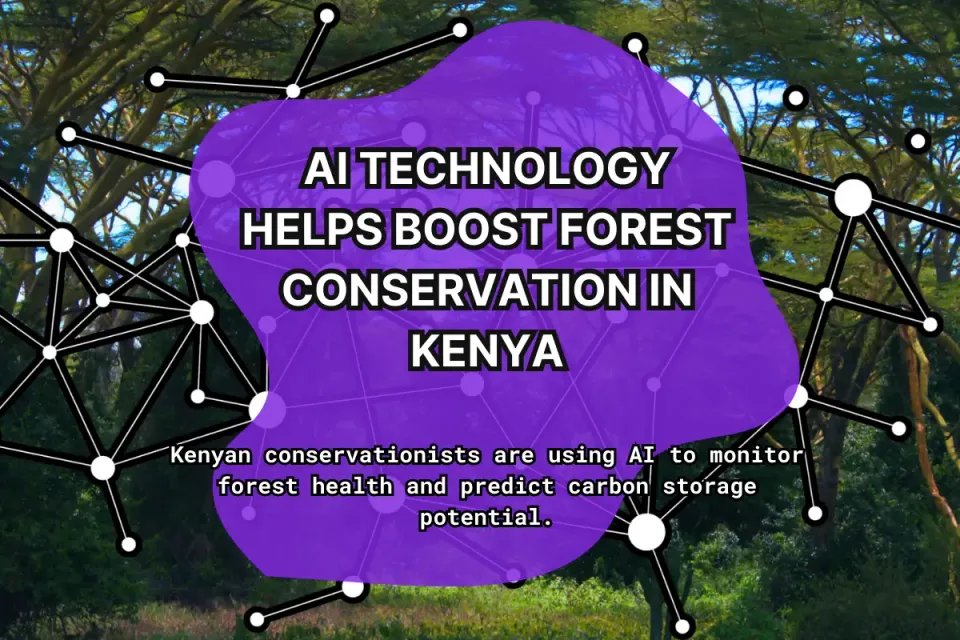OpenForest: A Beacon for Forest Monitoring🌳
Enter OpenForest: This platform has emerged as a critical tool by combining machine learning with open-access data to revolutionize forest monitoring. 🌍

🔍 Harnessing the Power of Open Data for Forest Health
Accessing open-source forestry data can often be a daunting task. Despite the critical role this data plays in environmental research and conservation efforts, it remains scattered across various platforms, buried in complex and sometimes inaccessible formats. Many researchers and practitioners face hurdles due to the lack of standardization and the fragmentation of data sources.
Enter OpenForest: This platform has emerged as a critical tool by combining machine learning with open-access data to revolutionize forest monitoring. 🌍
🌱 Why Open Data Matters for Forests
The importance of open data in environmental science cannot be overstated. By making forest data freely available, OpenForest enables researchers worldwide to track forest health indicators, predict threats, and devise timely interventions.
Why it’s crucial: This democratization of data not only accelerates scientific research but also enhances public awareness and engagement. With a broader dataset, the platform can improve monitoring capabilities and predictive models. Additionally, an enriched dataset supports public education in forest conservation and provides policymakers with robust data needed to craft effective environmental policies. 🌲
How do you think open data can transform environmental stewardship on a global scale?
🌍 Comprehensive Global Forest Datasets: Exploring Diversity and Dynamics at the Tree Level
OpenForest currently hosts more than 80 different datasets from around the world. Each dataset is associated with at least one scholarly article, ensuring its credibility and relevance; in some cases, datasets linked to influential preprints are also included when they offer particularly insightful data.
Key collections include:
- A project aimed at preventing forest fires and monitoring vegetation in the Brazilian Cerrado.
- Records of land use and land cover changes in Tanzania's Kilombero catchment.
Why it matters: These datasets focus on the composition of forests and deliberately exclude event-specific data, such as those related to wildfire detection, to maintain a consistent thematic focus. They capture a diverse range of land use and land cover (LULC) information, going beyond a single plant functional type. 📊
What other types of data do you think should be included to enhance forest monitoring?
🌲 Fine-Grained Data Resolution: A Closer Look at Tree-Level Insights
The resolution of OpenForest’s data is particularly fine-grained, with details captured at the tree level, rather than broader categories like forest stands or cellular structures, such as leaf spectra or root scans.
Why it’s unique: Each dataset includes a substantial number of individual trees, offering robust datasets for statistical analysis and modeling. This extensive and detailed collection is invaluable for researchers focused on ecological studies, conservation efforts, and the management of forest resources. 🌱
How might this level of detail impact future forest management strategies?
🔓 Open Source Data & Code: Empowering Research
Explore the complete catalogue of OpenForest databases on Github. This access to open-source data encourages collaboration, supports informed decision-making, and promotes global environmental stewardship. 🌐
Curious to dive into the data? Check out the OpenForest platform and see how it’s setting a new standard in forest monitoring.




